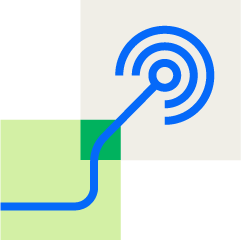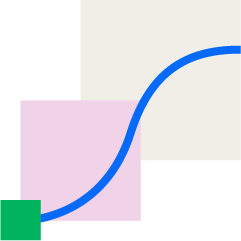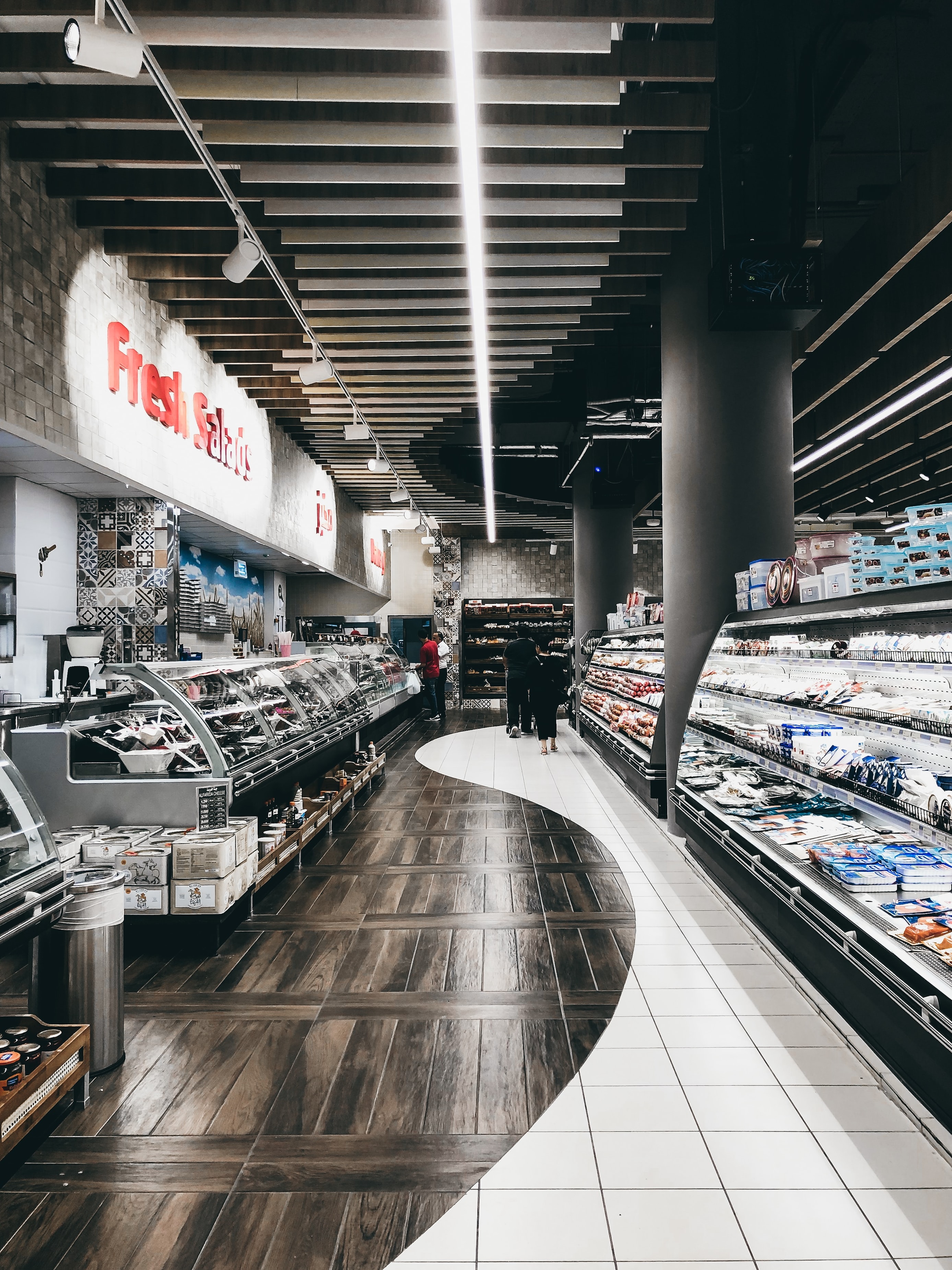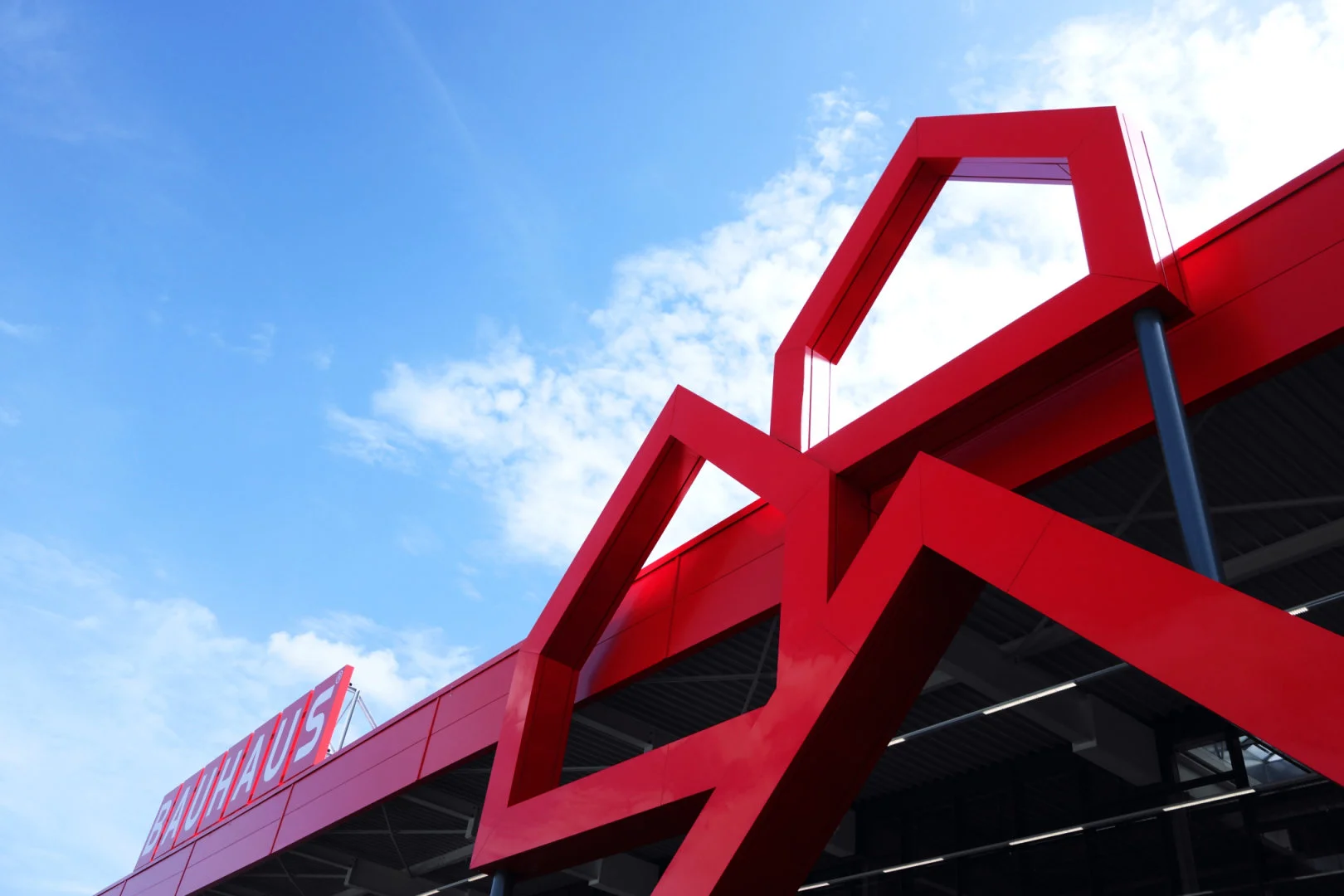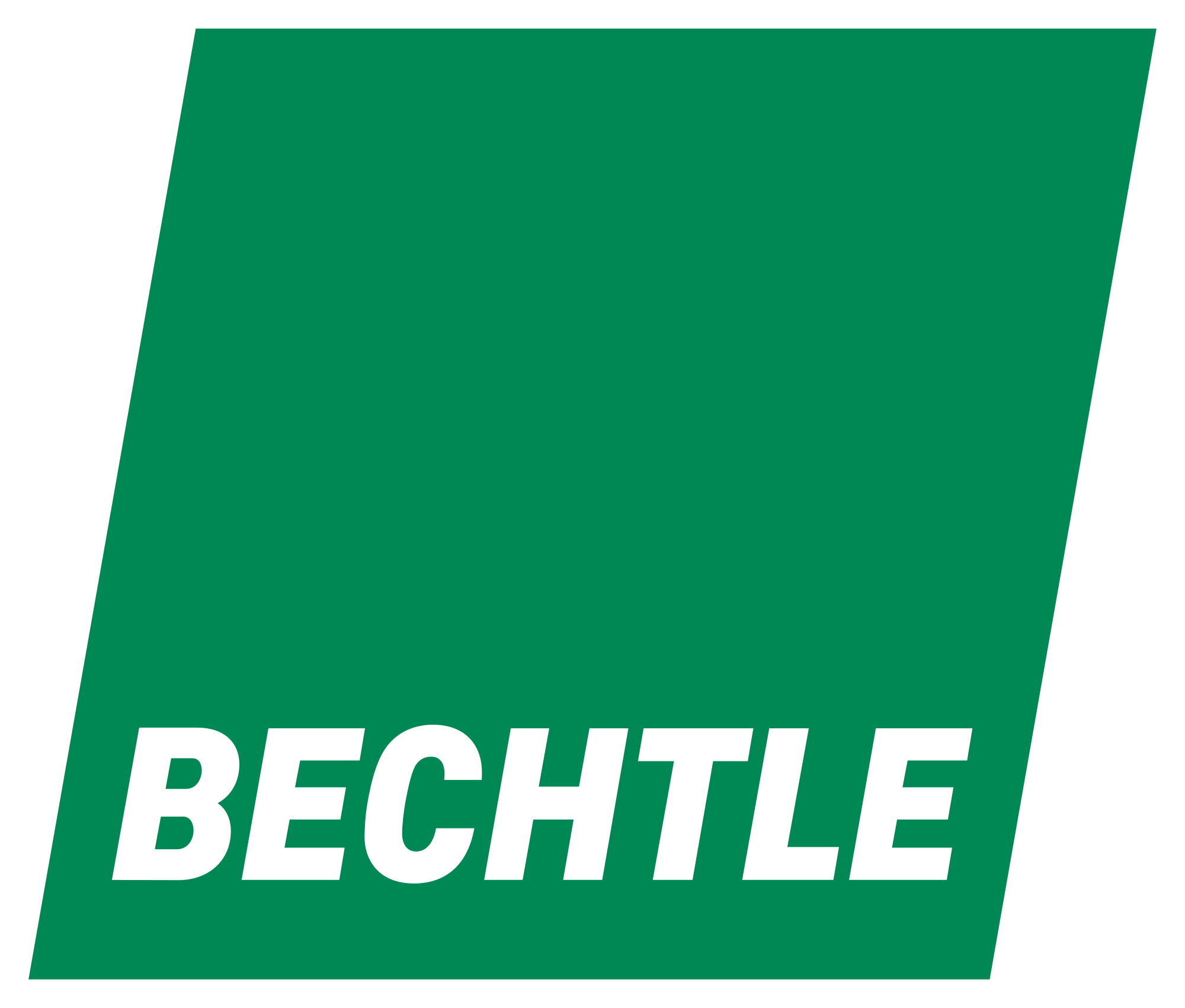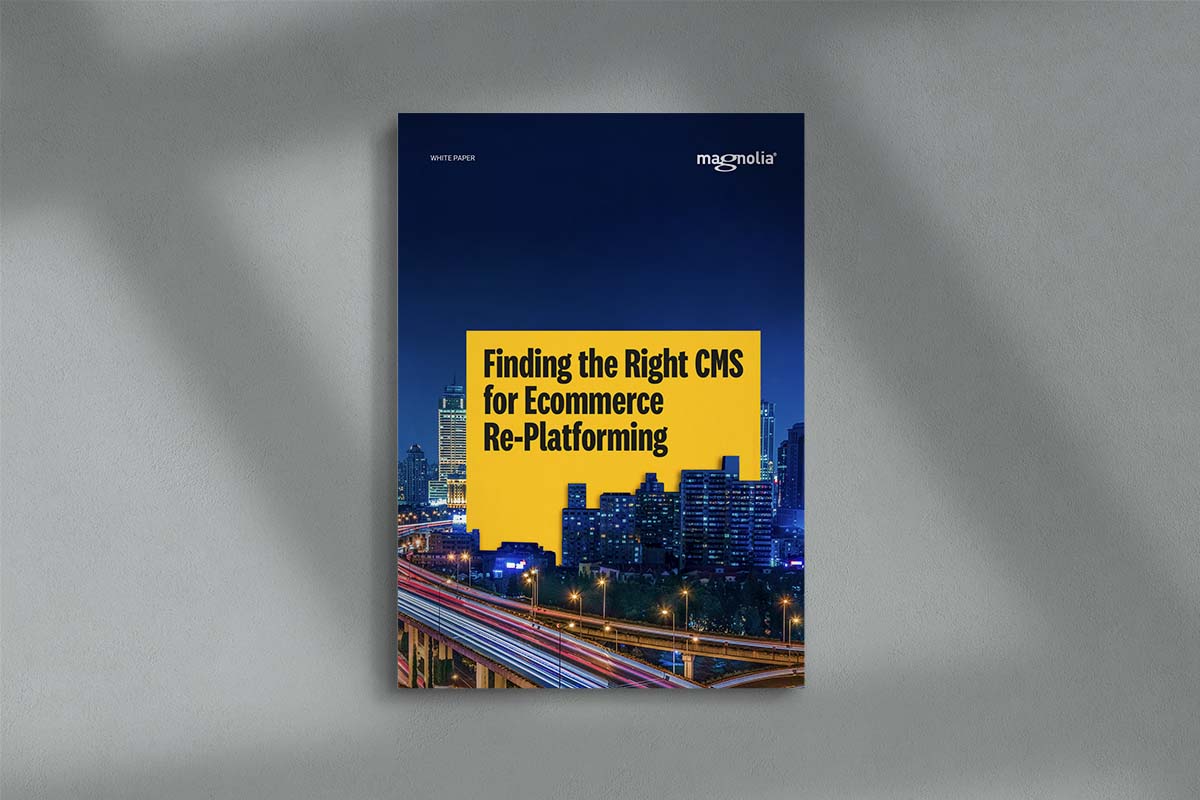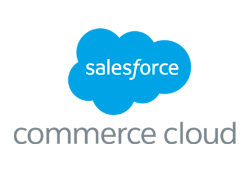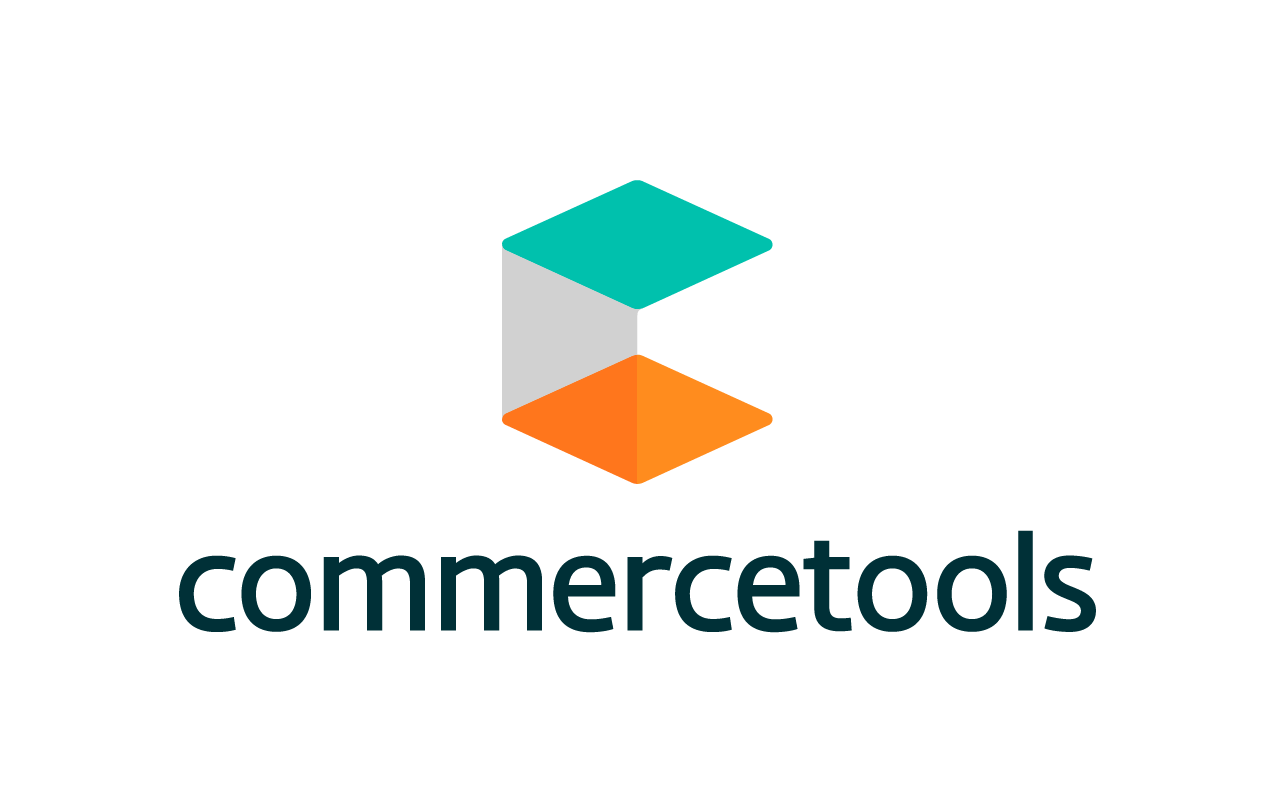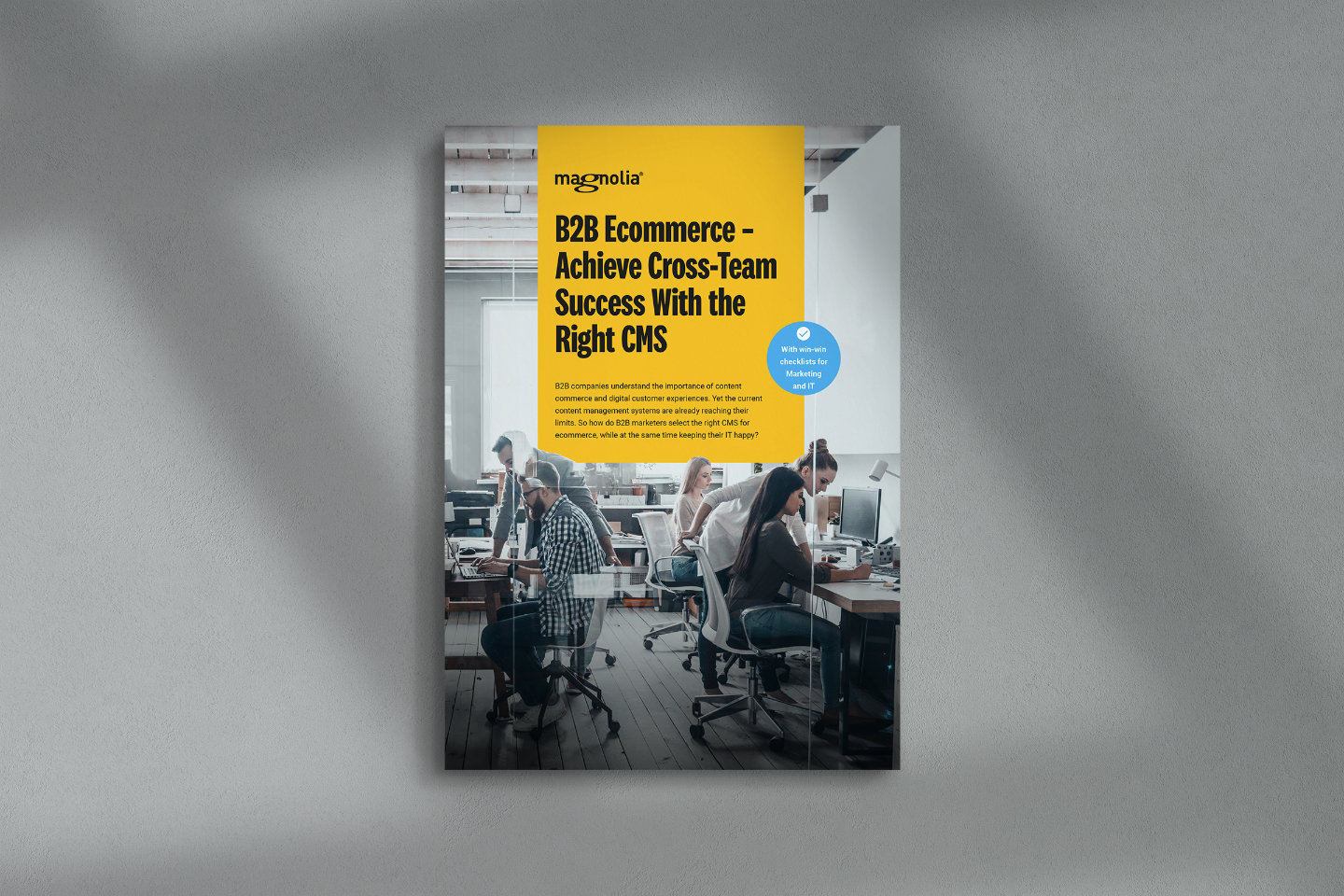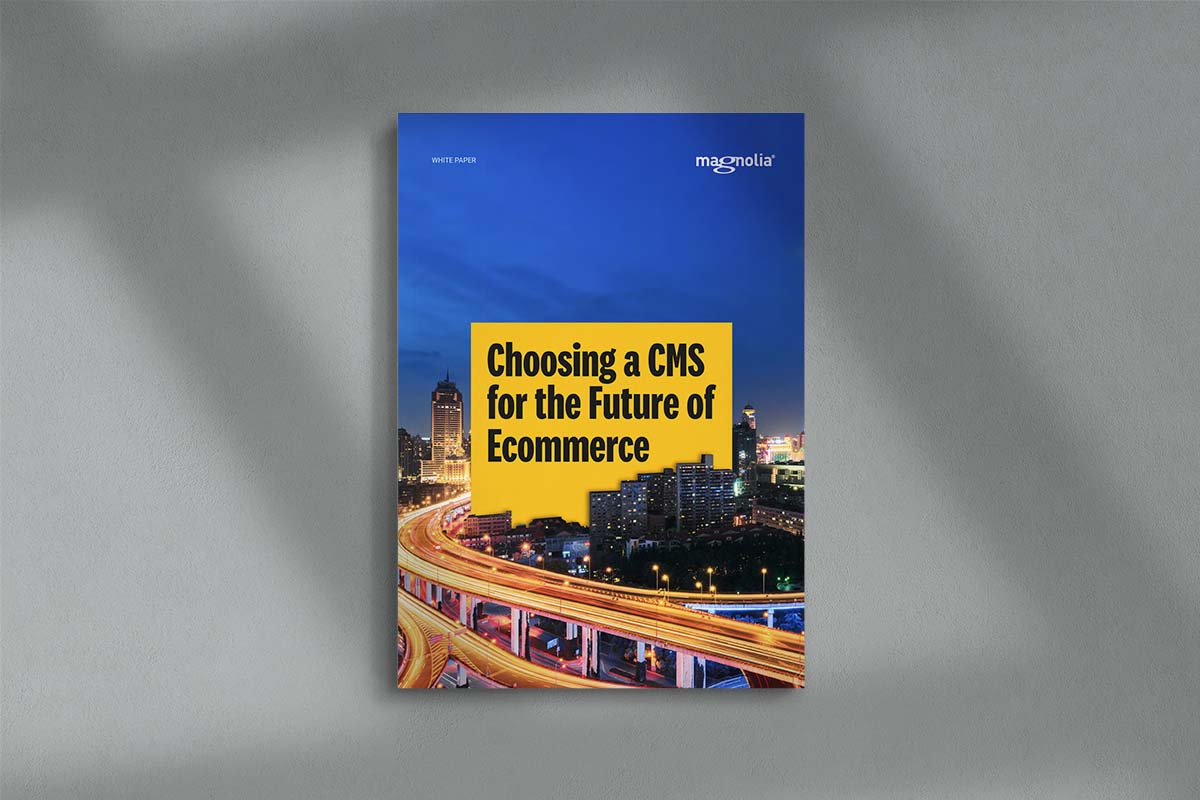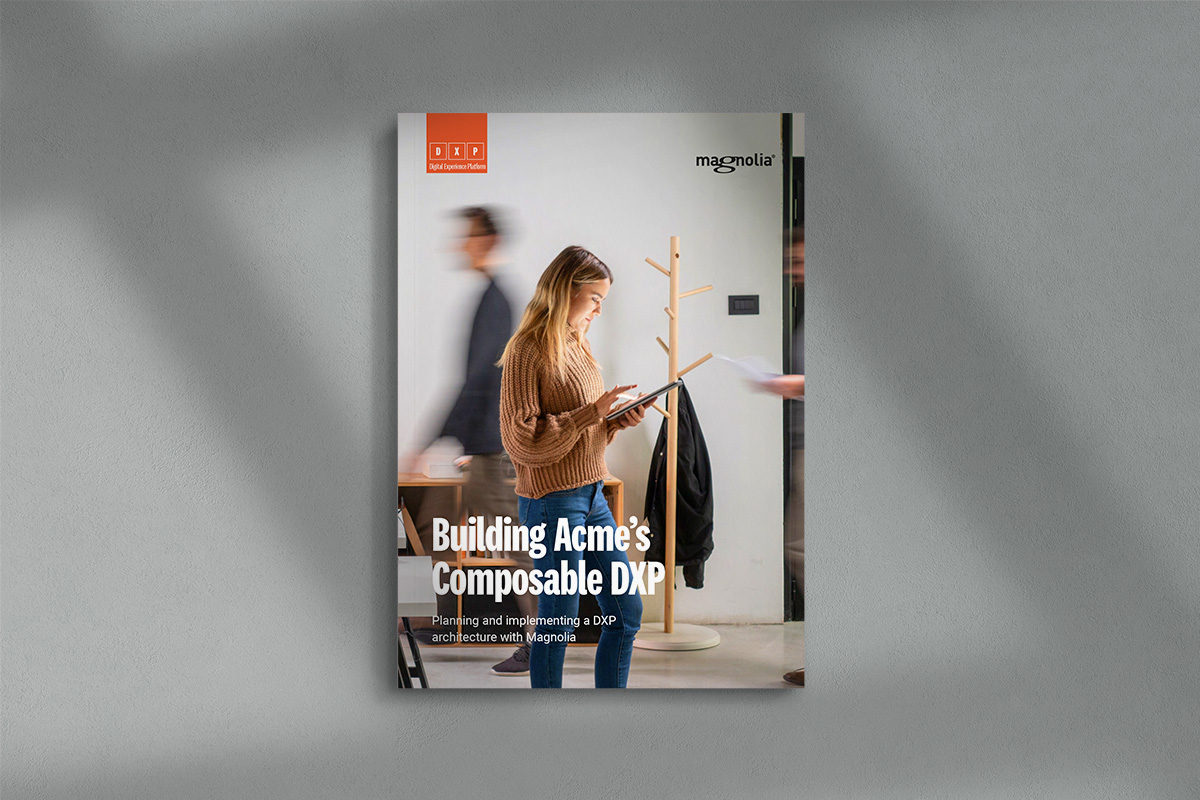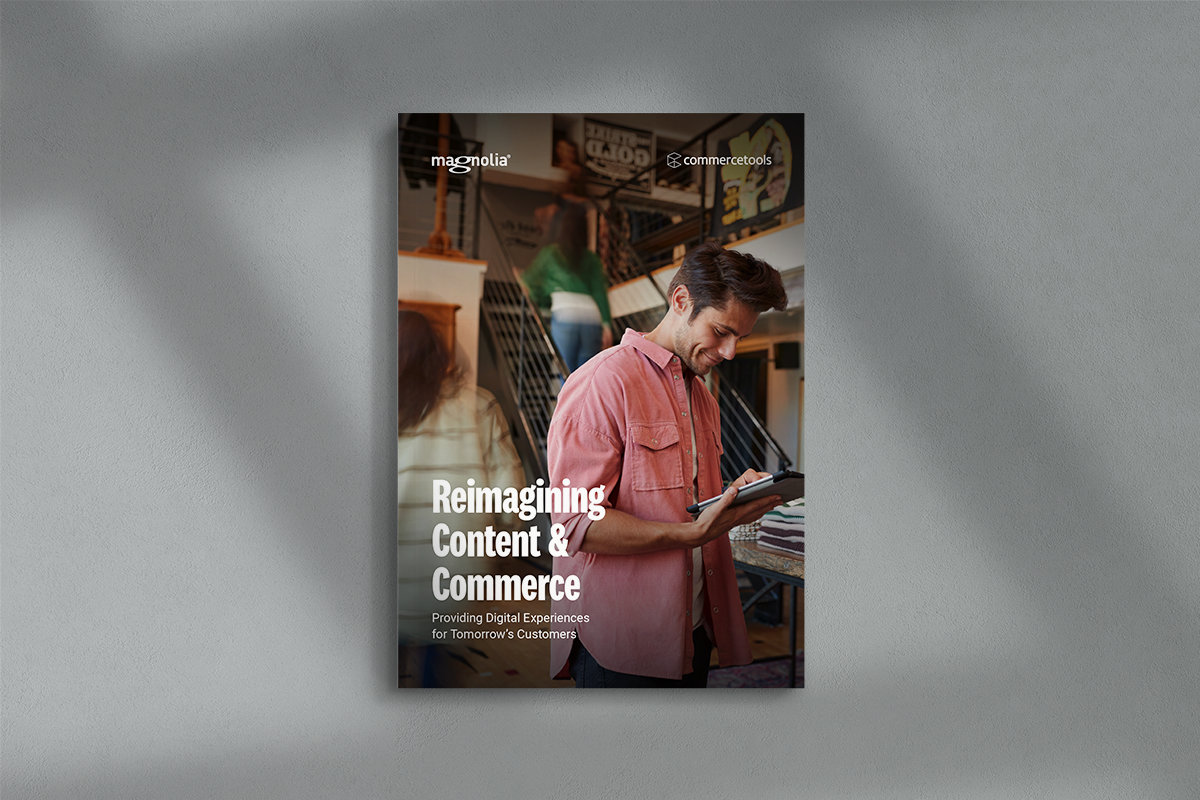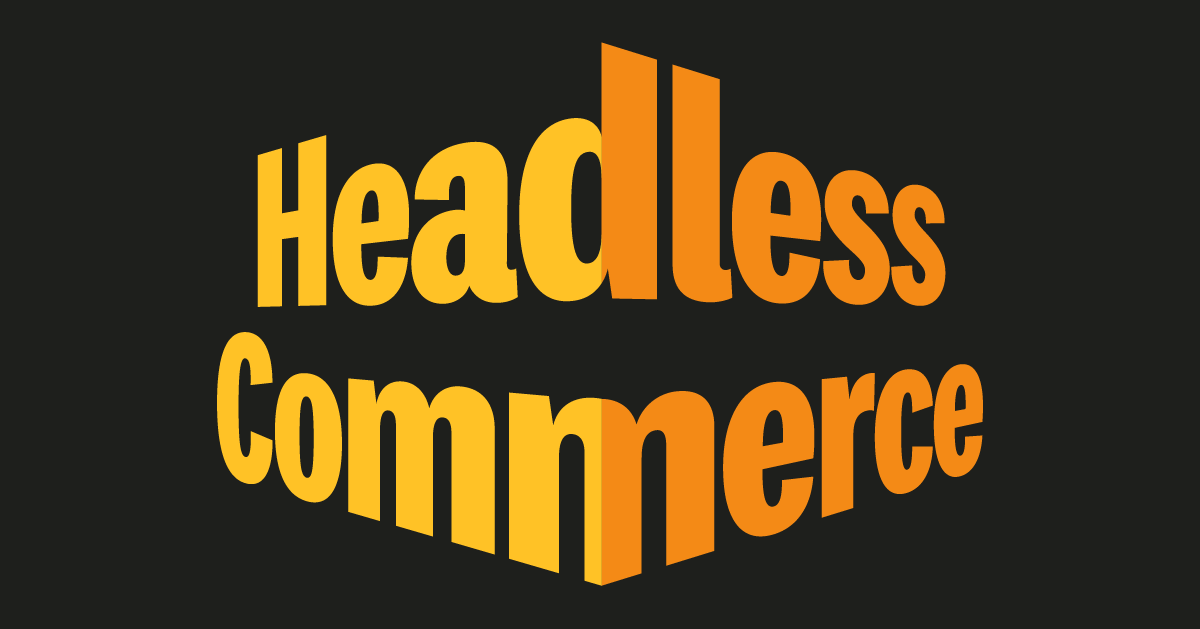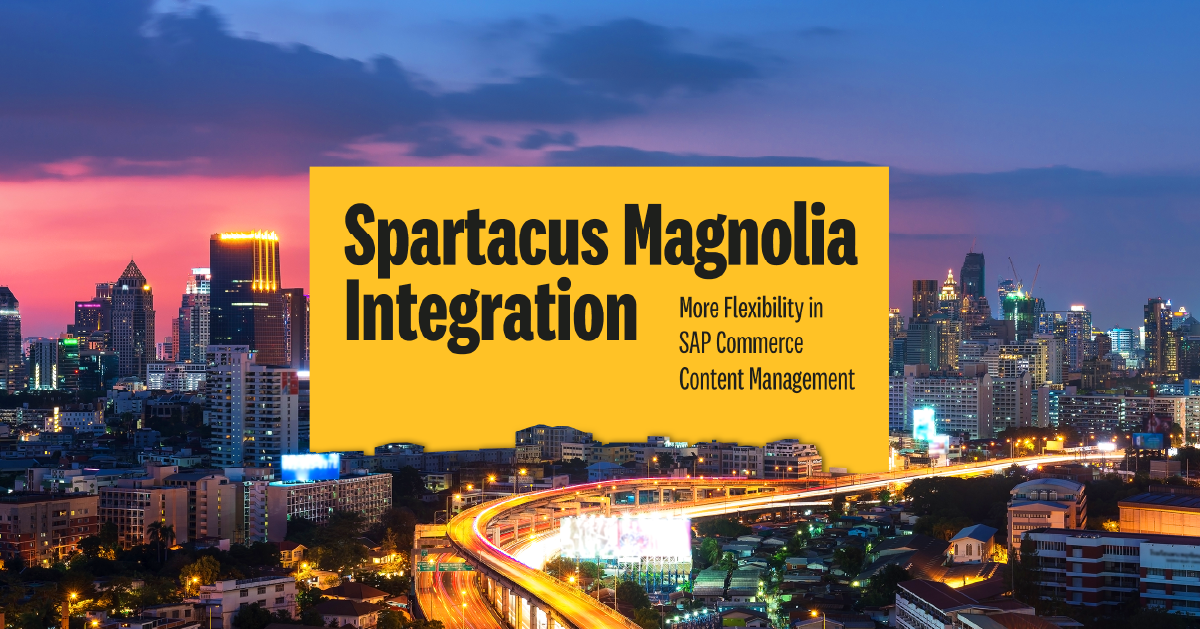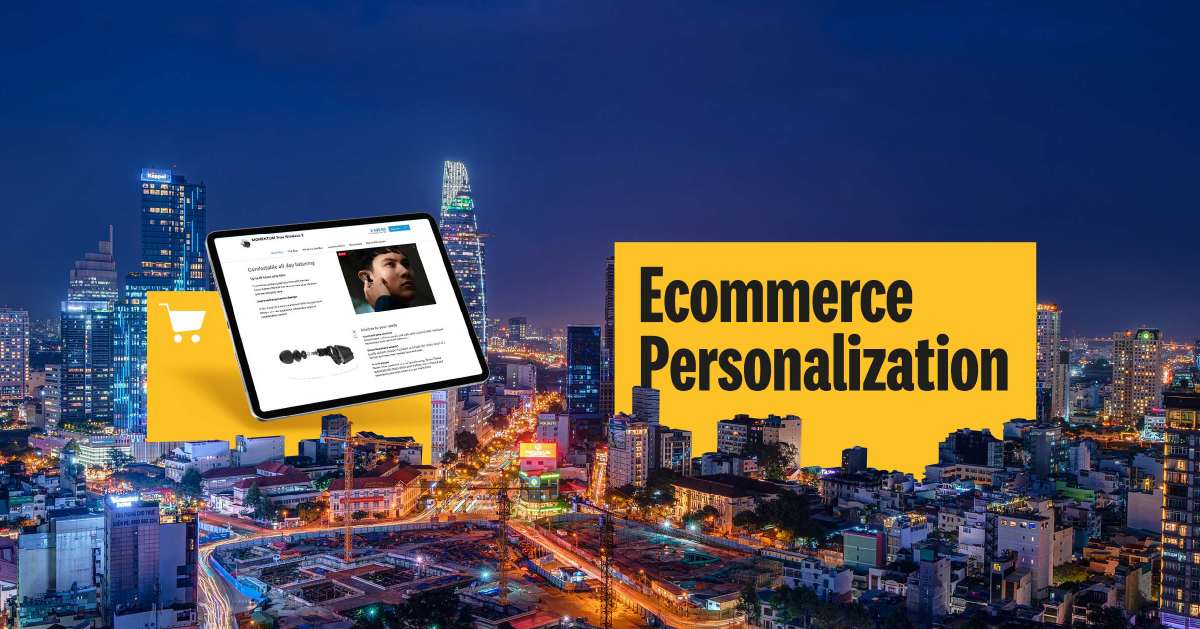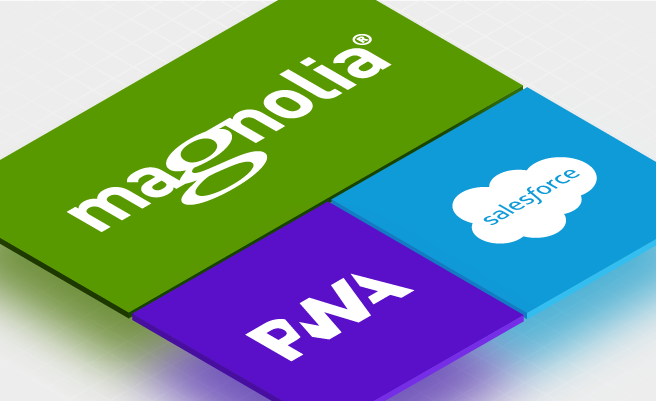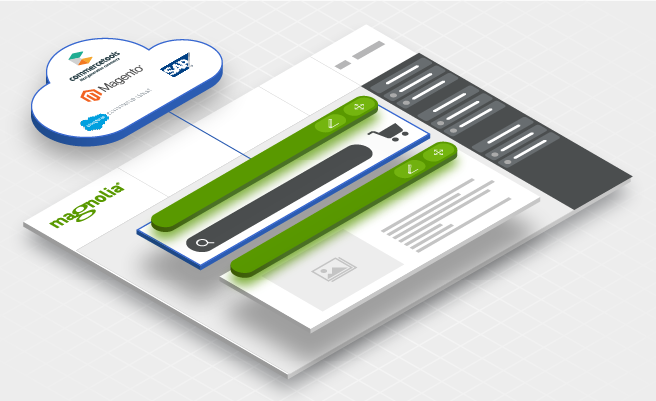Benefits of using a headless ecommerce CMS
电子商务负责人的智慧:为什么数字商务如此复杂
数字商务对于正在进行现代数字化转型的企业至关重要。 但电子商务不仅仅是一种技术附加组件。 查看电子商务领域的顶尖人物之一 Hannu Vangsgaard 的五个要点,并了解如何为您的业务做好准备。
Interview Hannu Vangsgaard, Digital Business Accelerator
How does Magnolia help with headless ecommerce?
Magnolia is a digital experience platform (DXP) designed to help businesses create, manage, and optimize their digital experiences across various channels, such as websites, mobile applications, and other digital touchpoints. Among the suite of tools is the headless content management system (CMS).
Flexible architecture
Magnolia's capabilities as a robust, enterprise-grade headless ecommerce CMS decouple the frontend presentation layer from the backend infrastructure, enabling greater agility and scalability in e-commerce implementations. This headless approach offers comprehensive content management capabilities, empowering businesses to centralize and manage their content efficiently and maintain consistency across channels for an unparalleled shopping journey.
Ready-made commerce integrations
Magnolia can seamlessly accommodate integration with specialized third-party ecommerce platforms like Salesforce Commerce Cloud, Commercetools and Adobe Commerce, allowing ecommerce brands to leverage their preferred solutions without hindrance. Magnolia’s headless-ready built-in native features for personalization, empower businesses to distribute digital content proficiently across diverse channels and curate engaging user experiences.
Reusable content pools
As a robust, enterprise-grade headless content platform, Magnolia offers a central content pool, serving as a single source of truth for all content and data. It seamlessly integrates with systems such as Product Information Management (PIM), marketing automation, and third-party analytics, consolidating the content and data in a standardized, reusable format for any channel.
Visual editing
Editors can effortlessly combine and customize content from different sources and create experiences using the Visual SPA Editor. This visual editor provides a comprehensive what you see is what you get (WYSIWYG) editing and preview experience tailored specifically for headless configurations.
Content optimization
Editors can optimize engagement and conversions within a single workflow, leveraging Magnolia's capabilities without switching context between different specialized marketing tools. Forthcoming support for A/B/n testing functionality in the headless framework will also allow editors to enhance their content strategies iteratively.
Global rollouts
Magnolia boasts enterprise-level readiness, making global rollouts of personalized content across multiple sites, languages, and channels effortless. Leveraging advanced multi-site management, including Live Copy functionality, automated translations, streamlined publishing workflows, and robust versioning capabilities, Magnolia provides multilingual support and ensures that all content, regardless of location or specific page placement, remains relevant, up-to-date, and consistent.
您的现有技术是否仍能满足客户对数字体验的需求?
我们的白皮书探讨了搭建为线上业务搭建系统的常见挑战,介绍了构建数字体验平台的框架,并解释了前后端分离和混合型前后端分离 CMS 的优势。我们还为您介绍了如何选择适合自身企业的数字体验平台。
Unified shopping experience
前后端分离架构使创新成为常态
前后端分离相的架构让前端通过 API 从电商后台系统中获取价格、库存、 SKU 等产品数据;同时 CMS 通过 API 为前端提供内容。
前后端分离的架构让您的现有系统能为未来可能出现的任何数字交互渠道提供一流的购物体验。

使用 Magnolia 管理数字体验
通过使用 Magnolia,您的营销团队和技术人员能够共同为客户打造一流的线上购物体验。集成 CMS 和电商后台系统,结合前后端分离的架构,让您的团队能以最高的效率为所有数字渠道提供个性化的内容和产品体验。
推荐资源
立即预订系统演示
准备好简化您的系统架构并为您的客户提供最佳的数字体验了吗?
了解 Magnolia 如何能帮您提高线上销售额。

FAQs
What is the benefit of headless commerce?
Headless commerce is an architectural approach where the frontend presentation layer of an e-commerce system is separated from the backend commerce layer in a process known as decoupling. This decoupling allows an e-commerce headless platform to deliver engaging and consistent experiences across multiple channels, such as websites, mobile apps, and voice assistants.
Some key benefits of headless commerce are as follows:
- Future-proof flexibility: headless commerce allows for customization of the frontend to cater to any channel, ensuring adaptability to new and emerging technologies without the need for system re-platforming.
- Omnichannel personalization: With data-driven insights, headless commerce solutions enable targeted offers and tailored content based on customer behavior and preferences, creating a hyper-personalized customer experience across multiple channels.
Increased customer loyalty: Integrated experiences and rewards programs across various touchpoints foster customer loyalty by delivering individualized content based on context, location, and previous interactions.
What is headless commerce vs. headless CMS?
The headless CMS is an integral part of headless commerce architecture, working with the ecommerce platform and other technologies like customer relationship management (CRM), product information management (PIM), digital asset management (DAM), and search to provide comprehensive tools and functionalities.
Headless commerce is an architectural approach that decouples the frontend layer from the backend commerce layer, enabling businesses to deliver engaging shopping experiences across multiple channels. Headless commerce focuses on e-commerce functionalities.
In contrast, a headless CMS separates content modeling, creation and management from the presentation layer, allowing for efficient content creation, organization, distribution, and storage across various platforms and devices. Headless CMS emphasizes flexible content management and delivery.
What are the three benefits of using a headless CMS like Magnolia?
- Flexibility: Magnolia's headless CMS provides high flexibility in delivering content across various channels and touchpoints. Its decoupled architecture allows easy content adaptation and provision of custom solutions to suit specific frontend technologies and target audiences.
- Omnichannel readiness: Magnolia's headless CMS solution enables content delivery across various channels through APIs, allowing consistent branding, as well as messaging across channels, enabling the reuse of data and content for web apps, digital signage, wearables, and more.
- Speed: Magnolia’s headless CMS allows faster time to market, iterations, quicker updates, and seamless integration with new channels or technologies.
What headless storefronts does Magnolia integrate with?
A headless storefront is a frontend interface or application separated or decoupled from the backend commerce layer. It allows businesses to launch their online store on any device and leverage modern frontend technologies, providing customers with flexibility and engaging online shopping experiences while avoiding the complexities and costs of building from scratch.
Magnolia integrates with the following digital storefronts:
- Salesforce Composable Storefront: A React-based PWA storefront that integrates seamlessly with Magnolia, allowing marketers to enhance the mobile shopping experience and easily add product catalogs from Salesforce Commerce Cloud to pages.
- SAP Spartacus: An Angular-based shop frontend for SAP Commerce Cloud. The integration between Magnolia and SAP Spartacus enables marketers to manage their shop’s online presence while leveraging features such as search functionality, product details integration, shopping carts, and order history.
- Vue Storefront: A frontend-as-a-service solution for headless commerce. Developers can use Vue Storefront with Magnolia to build an ecommerce frontend and leverage custom integrations with platforms like Magento and commercetools. Magnolia provides blueprints to accelerate project setup and offers flexibility for frontend experiences and content authoring.
Is Magnolia's headless CMS SEO-friendly?
Search engine optimization (SEO) refers to optimizing a website to enhance its ranking and visibility in search engines.
Magnolia provides built-in features to ensure that all SEO basics — like title, meta keywords, meta description, canonical URL — and linking, are correctly implemented. They also offer an out-of-the-box integration with Siteimprove, which offers more advanced SEO, compliance, and accessibility features.
When opting for a headless approach, Magnolia provides best practices and blueprints for implementing server-side rendering (SSR) or static site generation (SSG) with different frontend frameworks, allowing for optimal SEO considerations. This comprehensive approach helps website owners optimize their content for search engines and ensure compliance with SEO standards and accessibility guidelines.
How does headless commerce impact your customers?
Headless commerce significantly impacts customers by improving their overall experience and increasing customer loyalty. By leveraging modern frontend technologies like React, Angular, Vue, Next, etc., businesses can build single-page applications (SPAs) or progressive web applications (PWAs), websites, and applications that load faster, perform better, and provide a superior user experience. This translates to a smoother and more enjoyable online shopping experience for customers.
Additionally, with headless commerce, businesses can manage content centrally and reuse it across various customer touchpoints and channels. This enables the delivery of authentic omnichannel experiences, where customers can interact with the brand seamlessly across different locations and platforms. Brands can thus deliver individualized content throughout the customer journey that adapts to each customer's unique context, enhancing the overall online shopping experience and increasing customer satisfaction and loyalty.
What is headless in headless CMS?
In the context of a headless CMS, "headless" means decoupling of the frontend presentation layer ("head") from the content management system (CMS) backend. In a traditional platform, the frontend and backend systems are tightly integrated, meaning the CMS is responsible for content management and presentation.
In a headless CMS architecture, the CMS backend system is responsible solely for content management, while separate frontend applications or channels handle the presentation layer. The content is delivered via APIs (Application Programming Interfaces), allowing it to be consumed and displayed on various devices and platforms, such as websites, mobile applications, smart devices, or other digital touchpoints.
Magnolia's headless solution empowers businesses with flexible content management, seamless integration, and personalized experiences across multiple channels and touchpoints.
Who needs headless commerce?
Headless commerce benefits ecommerce businesses, omnichannel businesses, content-driven websites, global businesses, organizations with complex tech stacks, and development teams.
Adopting the headless commerce approach enables personalized and consistent shopping experiences across multiple channels, integrates online and offline sales channels, enhances content delivery, adapts to different regions and languages, integrates with existing systems, and provides flexibility and customization.

